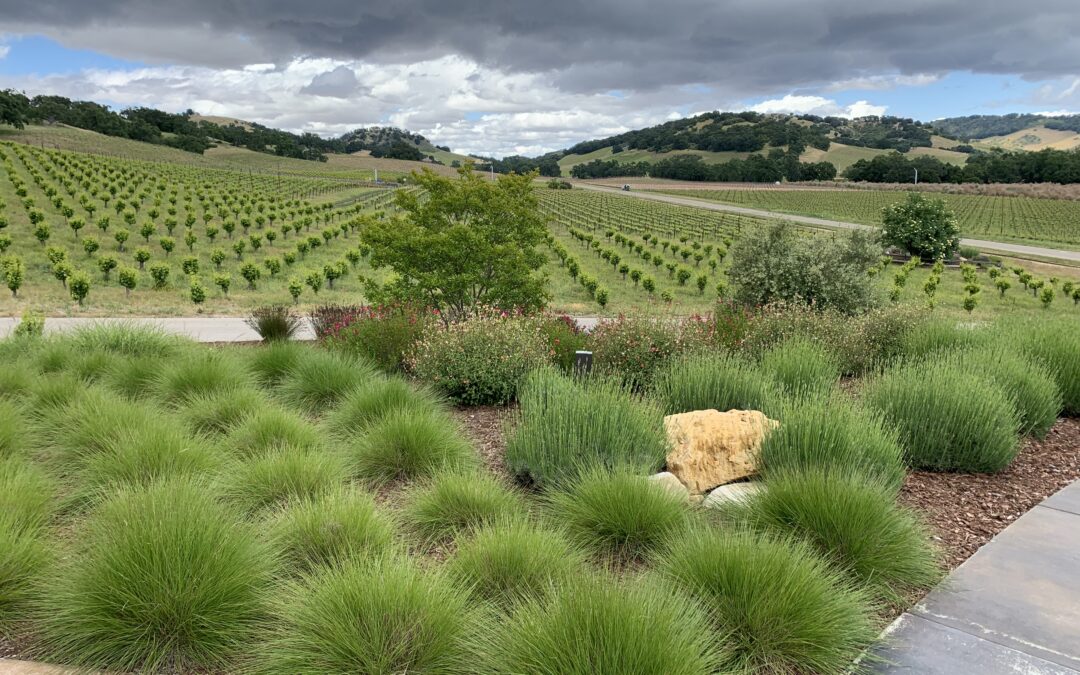Tips for Bunch Grass Cutbacks on California’s Central Coast
Bunch grasses, prevalent in Central Coast California landscapes, offer a striking botanical mix of texture, movement, and vivid color. These perennial grasses, ranging from six inches to eight feet tall, are chosen for their foliage and seed head plumage. In the Central Coast, they typically require a significant annual trim to foster new growth.
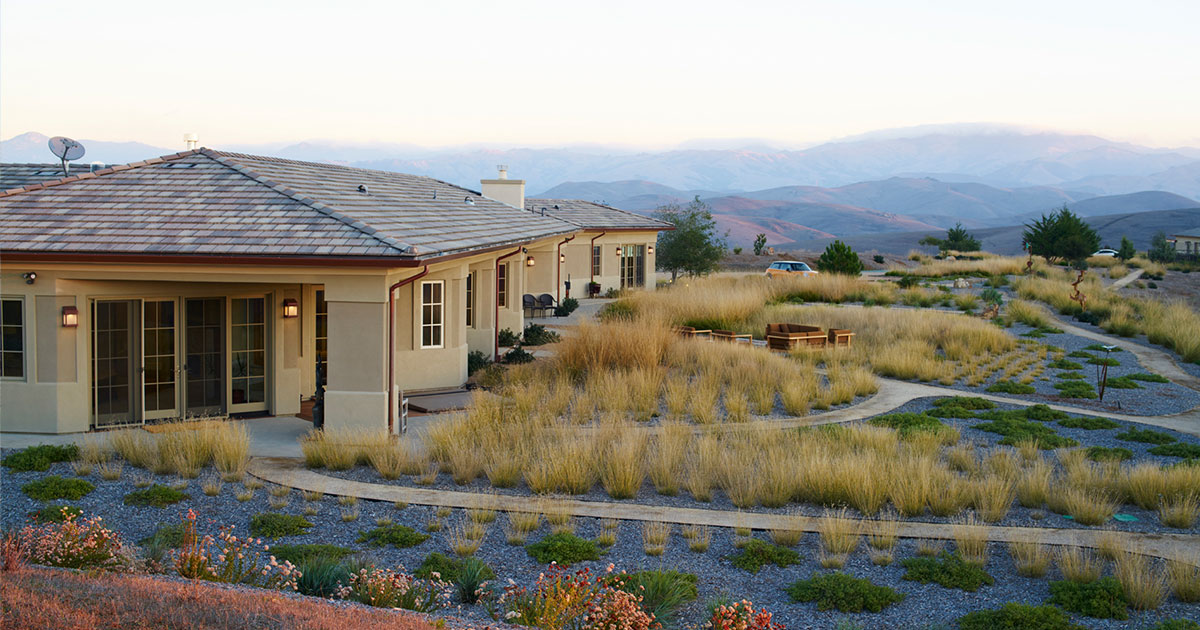
Ideal Timing for Bunch Grass Trimming
The primary goal of cutting back bunch grasses is to stimulate fresh, green growth and to remove dead foliage, enhancing plant health. While some varieties don’t necessitate annual trimming, others thrive with biannual or more frequent cutbacks. The general guideline suggests cutting back after the last hard frost, balancing aesthetics with frost protection. In frost-sensitive species, delay trimming until late winter.
In San Luis Obispo County, we adjust our trimming schedule according to three distinct regions: the beach areas (Morro Bay, Pismo Beach, Cambria, Los Osos, etc.), the coastal valleys (San Luis Obispo, Arroyo Grande, Edna, Nipomo, etc.), and the North County (Paso Robles, Templeton, Atascadero, Santa Margarita).
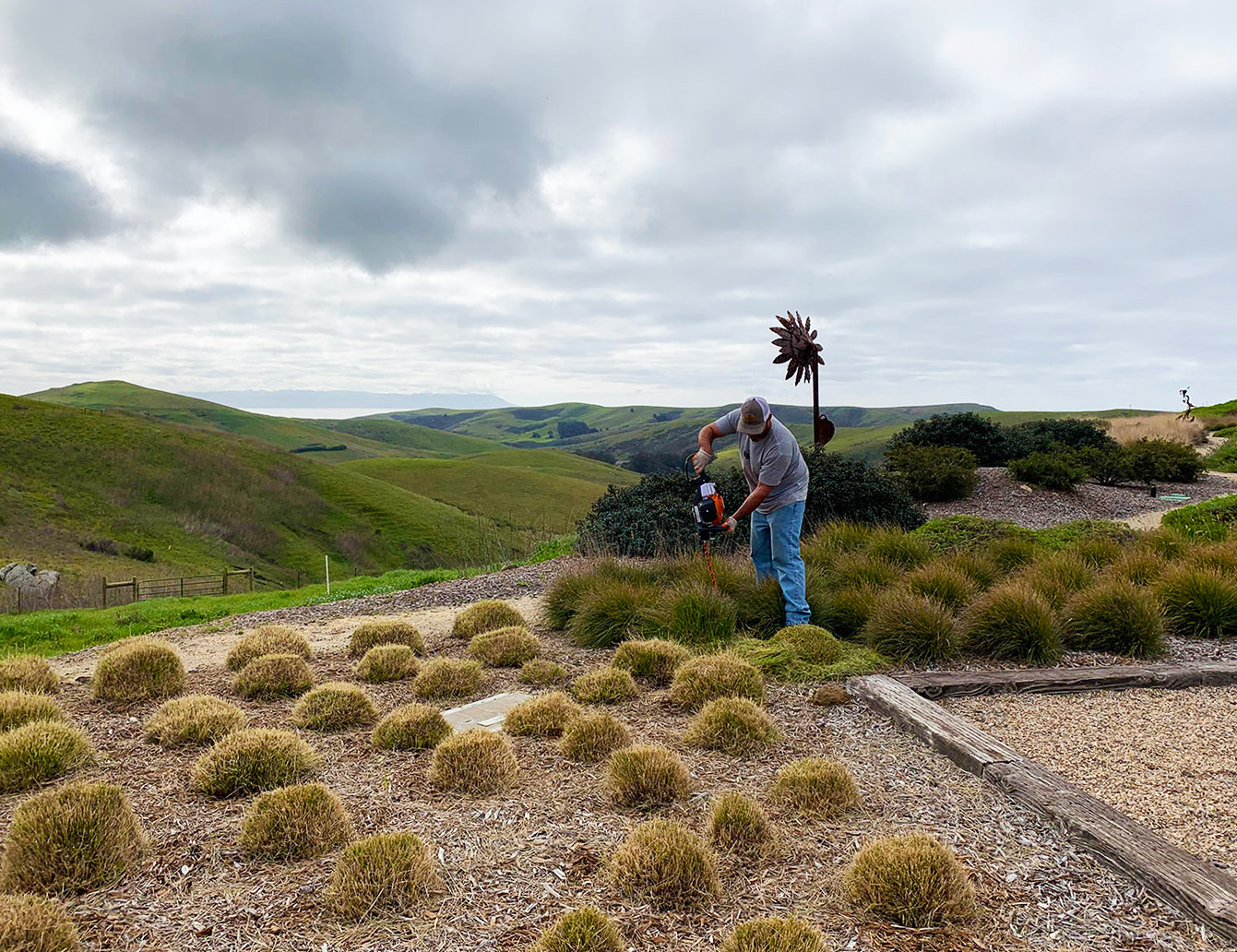
Regional Guidelines for Grass Cutbacks
- Beach Zones: Start as early as December-January. The mild weather allows for a variety of grasses, like the striking Purple Fountain Grass (Pennisetum setaceum rubrum). Here, the extended growing season offers a more flexible trimming window.
- Coastal Valleys: February is optimal, with the window extending from January to March. Purple Fountain Grass may wait until March, but most varieties are safe for a February trim.
- North County: The colder climate, influenced by the Santa Lucia Mountain Range, pushes the trimming window to February-April, with March being ideal. The limited grass variety here still offers a breathtaking seasonal display.
The key is to time your grass cutbacks to enhance both plant health and aesthetics, minimizing the dormant period of the trimmed grass.
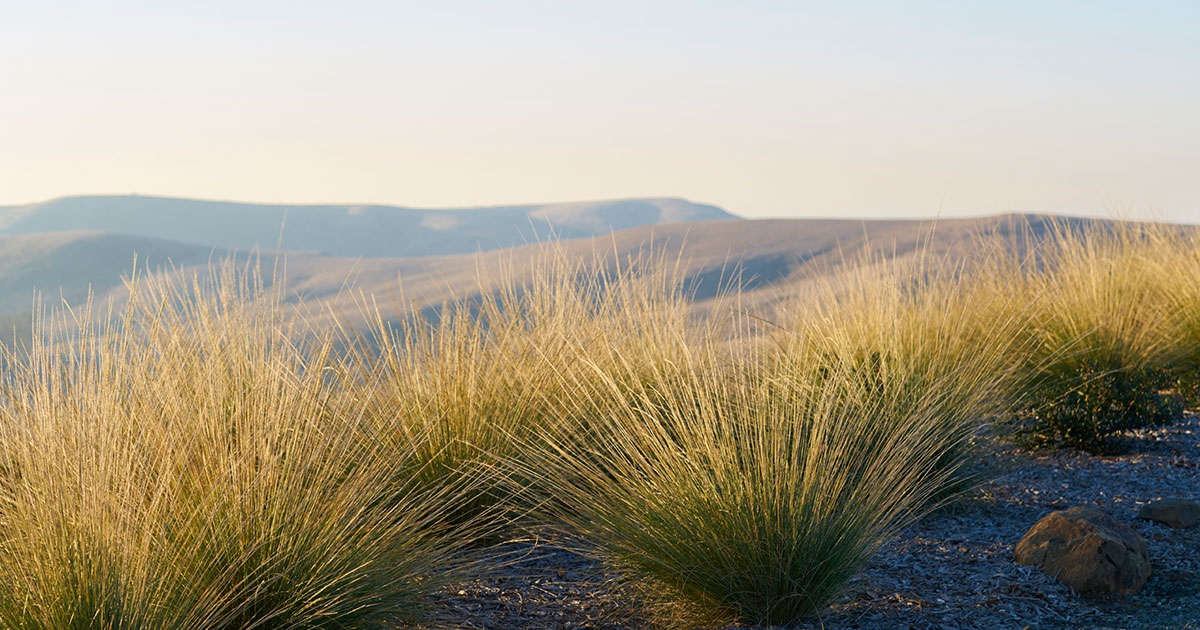
How to Execute Bunch Grass Cutbacks
Use sharp tools like shears, pruners, hedgers, or bladed weed whackers for trimming. Cut all blades close to the ground without harming the plant crown. Remove loose debris by hand to prevent rot and promote air circulation. Keep mulch and other materials at least 2 inches away from the grass crown.

Recommended Pruning Heights
Low(2-4 inches): Suitable for Festuca spp., Carex spp., and similar species.
Medium (4-8 inches): Ideal for Muhlenbergia rigens and dubia, small to medium Miscanthus spp., and others.
High (8-12 inches): Best for larger varieties like Miscanthus spp., Cortaderia spp.
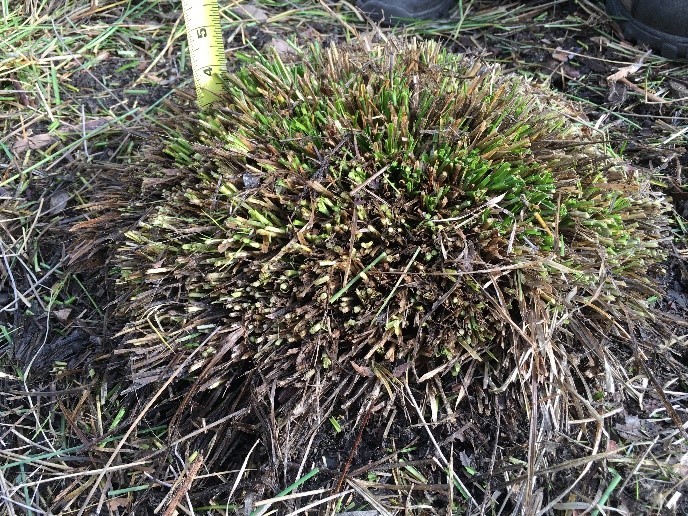
Carex divulsa (LOW)
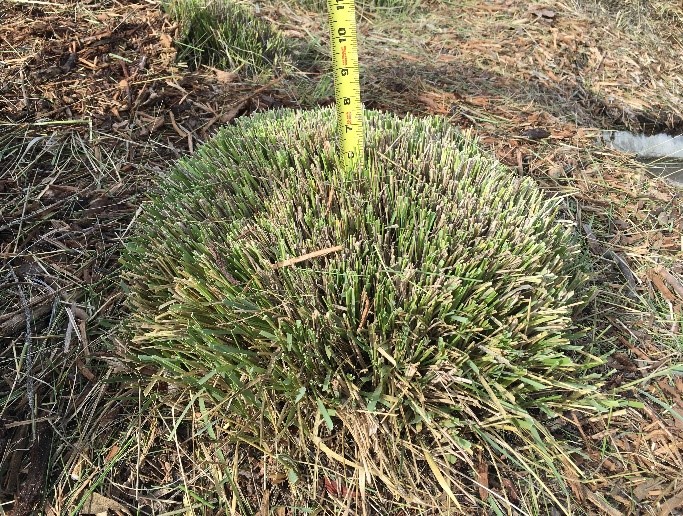
Muhlengergia Rigens (MEDIUM)
Seeking Professional Landscape Maintenance?
If you’re interested in landscape maintenance, including bunch grass cutbacks, contact us at Madrone Landscape. We’re currently accepting maintenance projects starting at $400/month. Reach out through our Maintenance Request Form, email us at [email protected], or call (805) 466-6263.

